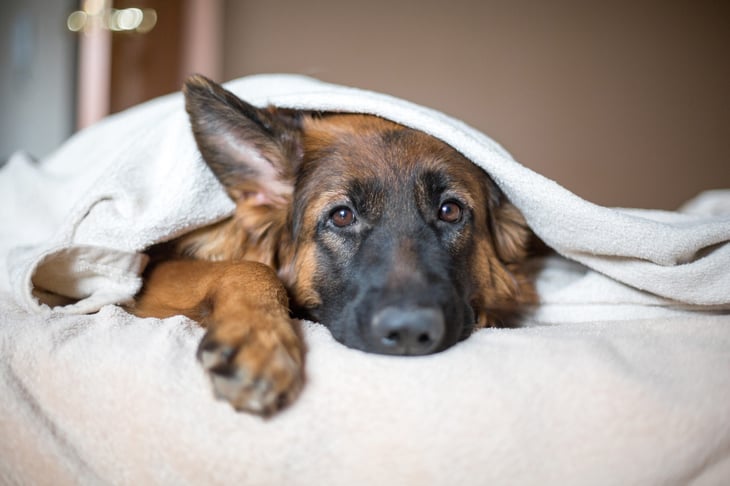
Homeowners insurance is meant to cover all sorts of risks, including the possibility that your dog bites somebody.
But there are some breeds insurers refuse to cover or charge more to cover — and they aren’t always up front about it, according to a recent USA Today report. The publication investigated the most-banned breeds at dozens of major insurance companies.
Worse, these “breed bans” may be based more on reputation and discrimination than actual risk. A 2022 study published in Science studied the DNA of more than 2,100 purebred and mixed-breed dogs and concluded less than 10% of a dog’s personality traits have something to do with its breed.
In some cases, breed bans may not be an insurer’s choice. State and local laws may affect which breeds insurers cover.
Following is a look at the most commonly banned dog breeds.
Doberman Pinscher
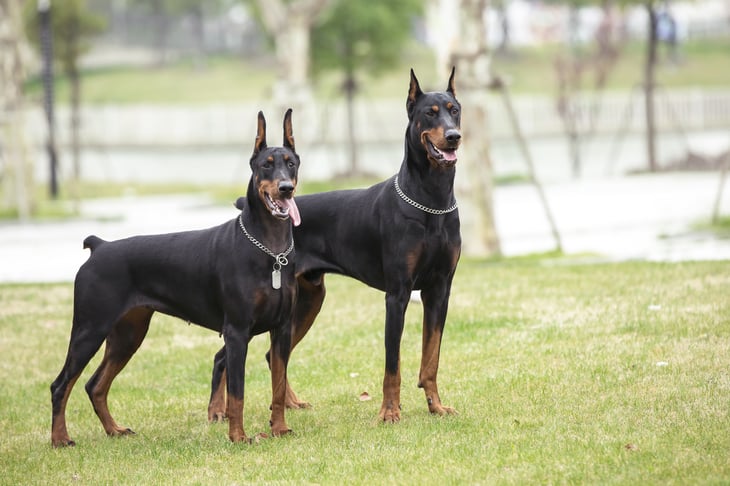
Dobermans are known for being incredibly affectionate and good with children, and the American Kennel Club gives them the highest ranking available for trainability. They can weigh up to 100 pounds, on average.
Pit bull
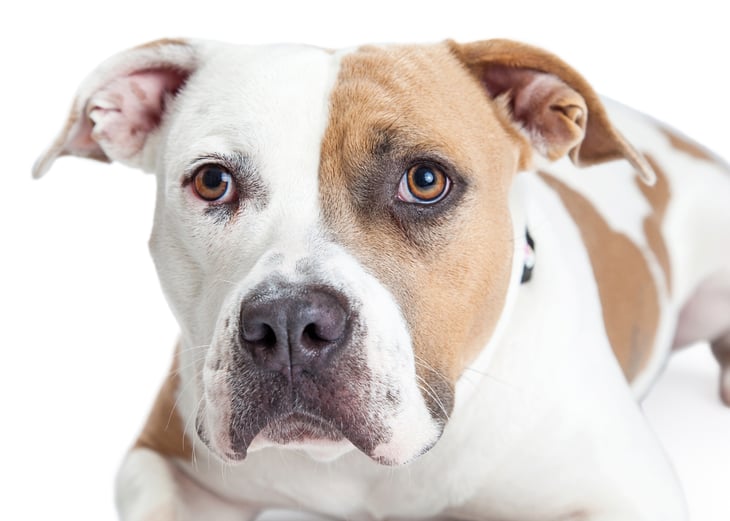
Pity the pittie: Perhaps no breed group is more maligned than the pit bull, which is a term used to encompass several bull terrier breeds and mixes. They generally include American Staffordshire Terriers as well as American Pit Bull Terriers and similar-looking mixed-breed dogs.
These dogs were used in patriotic World War I propaganda, but it’s now hard to get Americans to adopt them — a 2021 study of dog adoption returns found pit bulls spend longer in animal shelters, are the most likely dog type to be returned, and are 2.5 times more likely to be euthanized than other breed groups.
Rottweiler
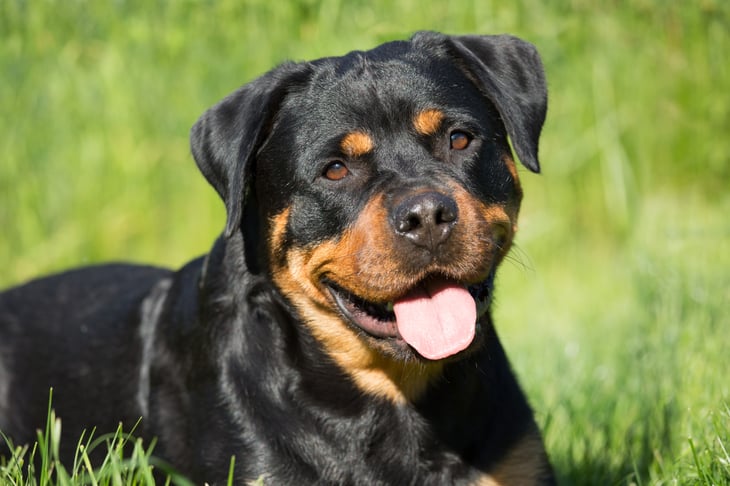
Rottweilers are considered highly affectionate with family and more neutral with strangers, making them vigilant watch dogs, the AKC says. They can weigh as much as 135 pounds, on average.
Chow Chow
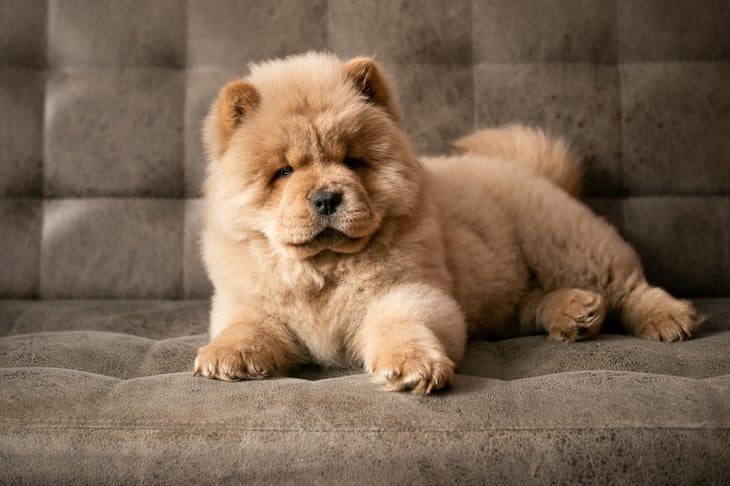
With a silly name to match a silly face, it might be surprising to see this breed on the list. But the AKC gives them middling scores for being around children, other dogs and strangers. They also aren’t the easiest to train.
Wolf dogs and hybrids
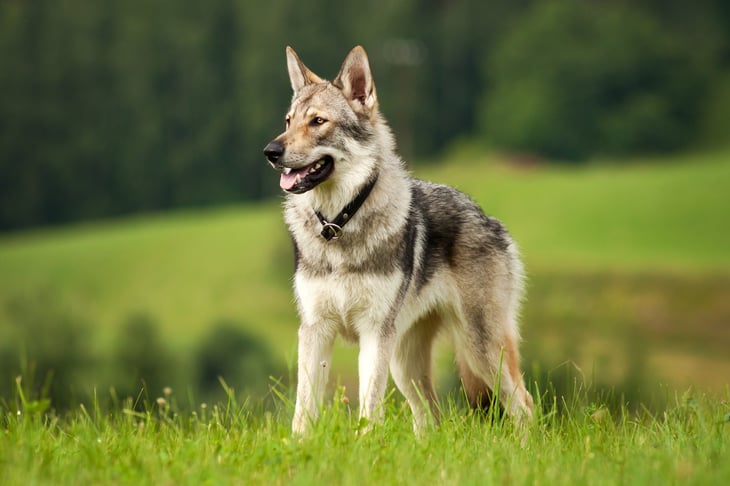
The wolf dog group stars the Czechoslovakian Vlcak (pronounced “vulchak”) but sometimes counts other breeds in addition to wolf-dog hybrids. Vlcaks aren’t considered especially good with other dogs or young children and are reserved around strangers. However, they can be highly affectionate around the “wolf pack” family they grow up with.
Presa Canario (canary dog)
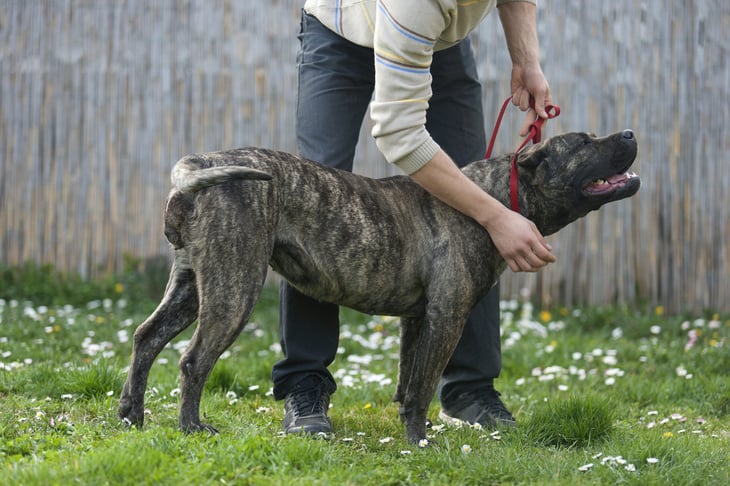
So-called canary dogs are “especially suited to guarding and traditionally used for herding cattle,” according to the AKC. The breed isn’t known to be particularly affectionate with anyone — children, other dogs, strangers or even family. The United Kennel Club says they are “docile and well-behaved” pets but warns of an “unstable temperament.”
Akita
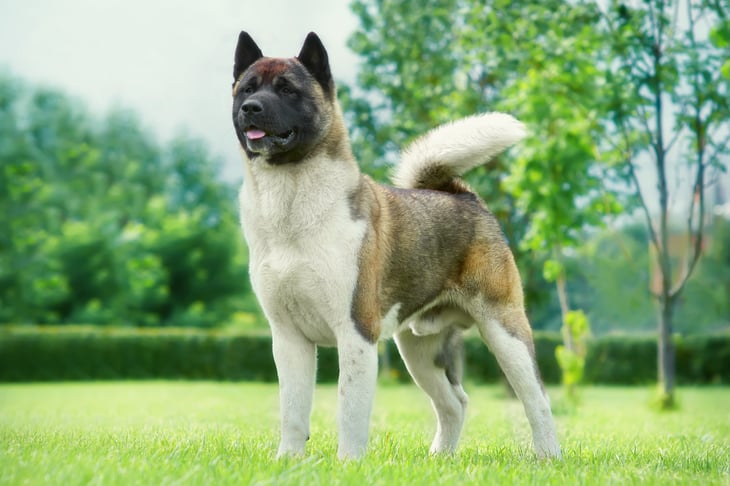
Akitas can look burly and brooding but “will gladly share their silly, affectionate side with family and friends,” the AKC says. A typical Akita weight is around 100 pounds, with males tending to weigh more and females less.
German Shepherd
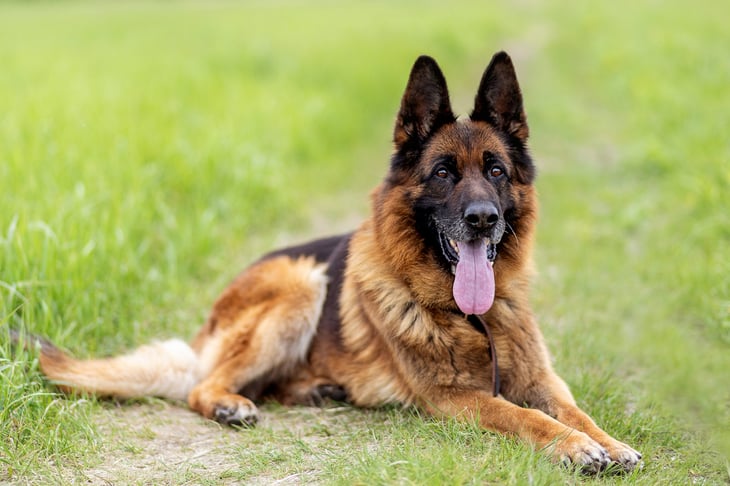
Consistently one of the most popular breeds and often used in police work, German Shepherds are praised for their intelligence and loyalty. They aren’t the best with other dogs but are highly affectionate, eager to please and great with kids.
Husky
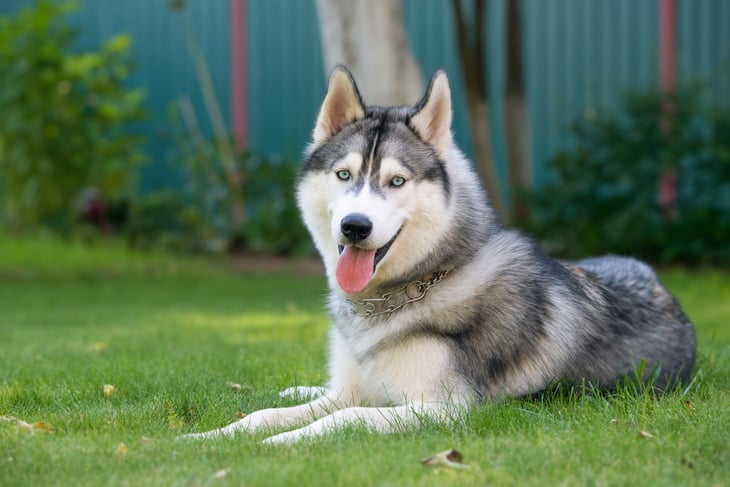
The high-energy Siberian Husky is easily confused with the larger Alaskan Malamute, but this breed tends to weigh under 60 pounds and stand less than 2 feet tall. Their affectionate nature is noteworthy; huskies are given top marks from the AKC for their behavior around family, young children, other dogs and even strangers.
Mastiff
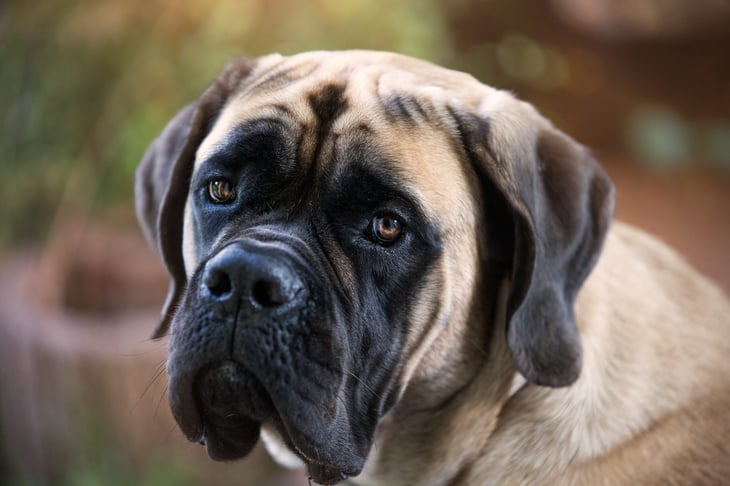
Mastiffs can be positively massive, standing well over 2 feet and weighing more than many of their owners. While imposing, they are good with kids and “lovey-dovey,” according to the AKC.
Alaskan Malamute
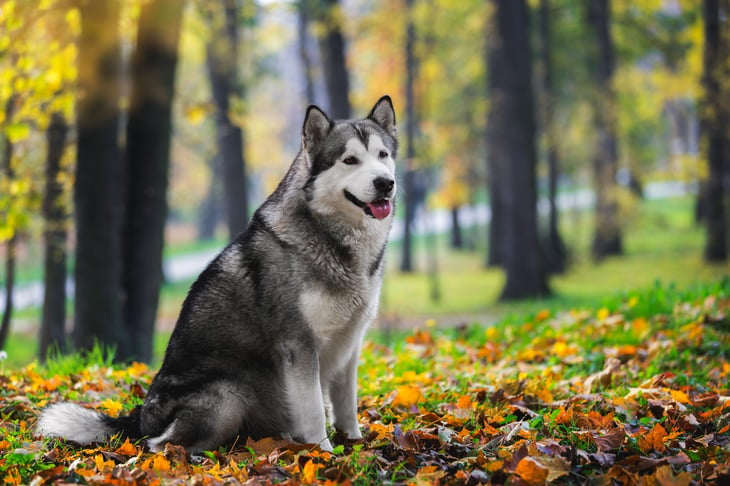
This breed is “a heavy-duty worker,” the AKC says, on average weighing 75 to 85 pounds and standing about 2 feet tall. Malamutes also have more curly tails and stockier bodies than huskies.





Add a Comment
Our Policy: We welcome relevant and respectful comments in order to foster healthy and informative discussions. All other comments may be removed. Comments with links are automatically held for moderation.